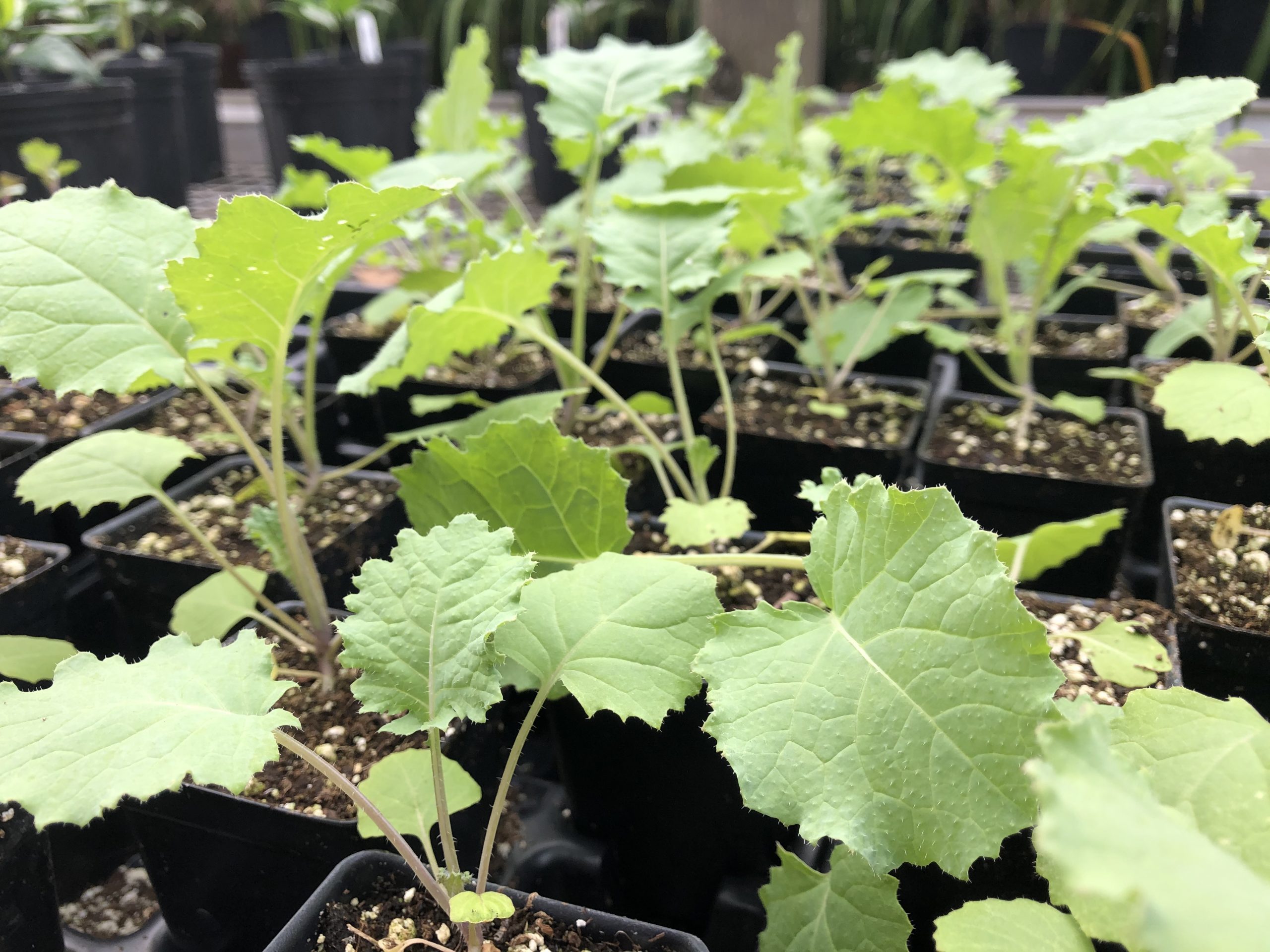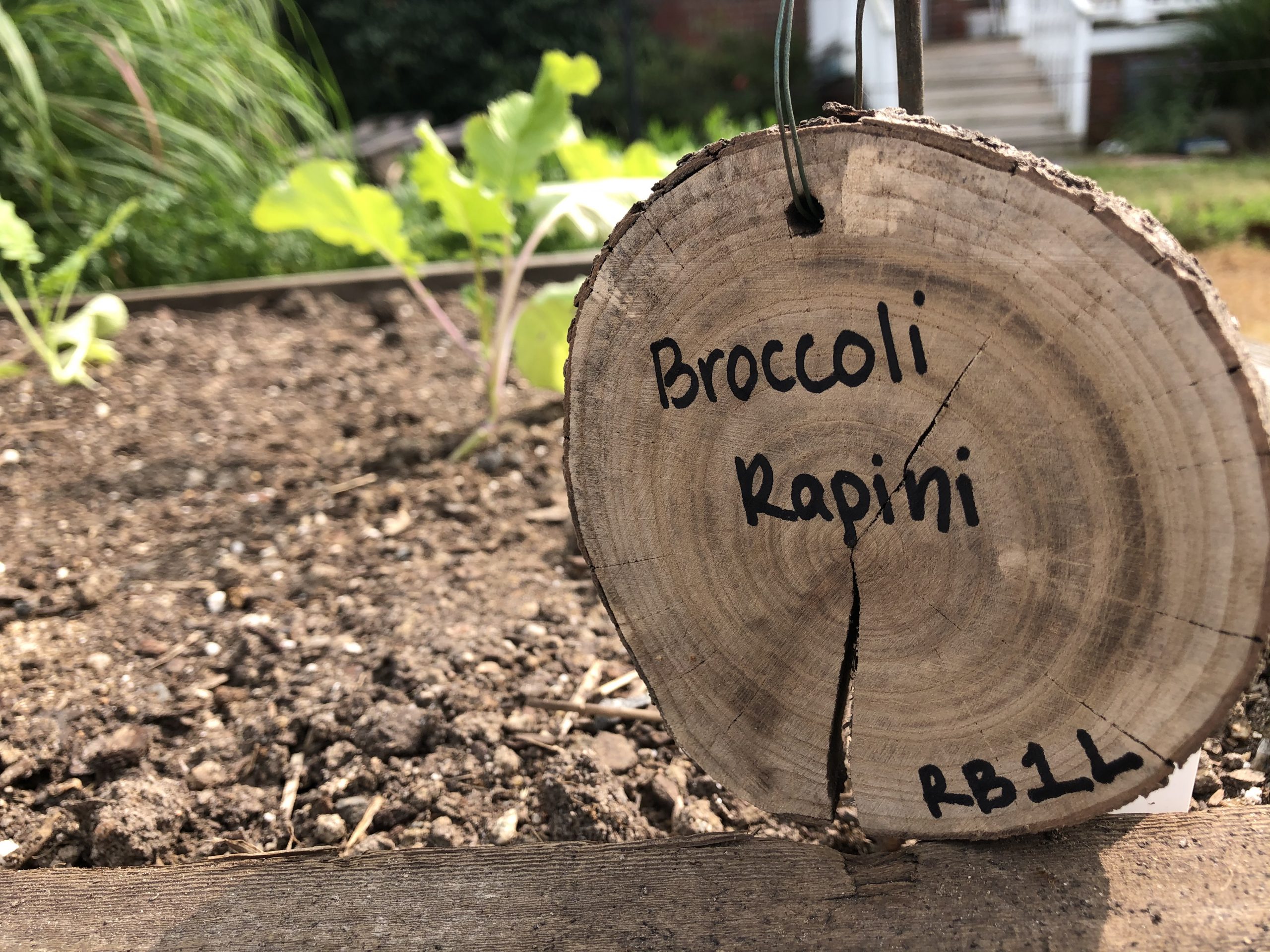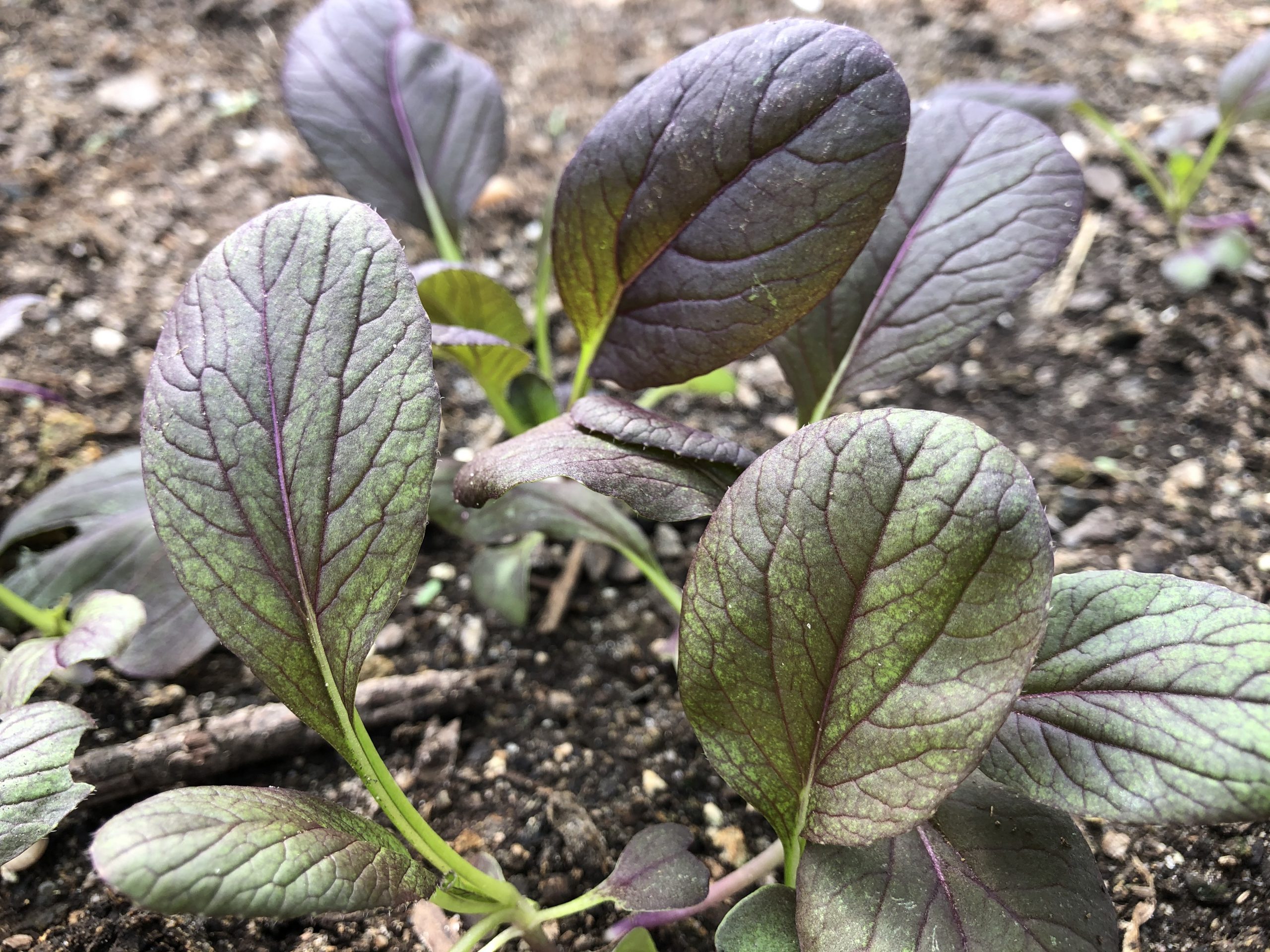Fall Vegetable Gardening
It’s no secret gardening has skyrocketed in popularity since COVID-19. In the spring, some seed companies had to temporarily stop taking orders after an overwhelming surge in demand. Although that has since alleviated, now there’s a shortage of canning supplies! If you missed out on the growing season this spring and summer, never fear, it’s time for fall vegetable gardening.
The reasons for growing your own vegetables in a pandemic are numerous and include food security issues, the health benefits of fresh vegetables and physical activity, and a boost for mental health.
Fall is a “second spring” says Heather Veneziano, a frequent instructor with Lewis Ginter Botanical Garden’s adult education classes. Although probably none of us want to re-live another spring of 2020, her words remind us there’s a second chance to reap the benefits of vegetable gardening before winter sets in.
Crops that should do well in Central Virginia throughout fall and even a light frost include: beets, broccoli, cabbage, carrots, lettuce, mustard, onions, radishes, spinach and turnips. There are also several reasons why fall vegetable gardening has advantages over spring: insect populations decline and there tends to be less trouble with disease.
I took Heather’s Fall Vegetable Gardening Class recently and she is kindly allowing me to share some of her insights. She started the class with a few questions:
1. What do you like to eat? It makes sense to grow what you enjoy. Personally, broccoli and spinach are at the top of my list.
2. How much time do you have? I confess I took the class at the end of July and am just getting around to writing this blog post in mid-September. Heather gave great tips on starting from seed in late summer, but now that we’re well into September, planting or transplanting is going to be best at this point. And for me, a small garden plot is the most realistic.
3. Where will you be gardening? Choosing a location that you frequently walk by will help you remember to care for your plants.
4. What are the conditions? Good soil is key. Soil is not “just dirt”–it is a living organism. Entire classes can be taught on the topic and at the very least, it is always a good idea to have your soil tested. Know your landscape. If it’s an area that may have been under construction, spread compost on beds at least once a year. If there’s a chance the soil may be contaminated, switch to containers instead. Other important factors to consider are ample sunlight and access to water (make sure newly planted veggies are watered well.)
5. Was something planted in the space prior? Plants within the same family always absorb the same nutrients, so it is important to rotate your crops. Also, once your fall veggies have finished, consider planting a cover crop such as clover or winter rye. As Heather says: “If you don’t plant something, nature will!”
Here’s a quick list of popular crops organized by family:
Brassica: broccoli, kale, mustard, Brussels sprouts, cauliflower, cabbage, collards, radishes
Umbel: carrots, dill, parsley, parsnips, cilantro
Goosefoot: spinach, beets, chard
Composite: lettuce, chicory, endive (asters and sunflowers also in this family)
Allium: garlic, onions, shallot, chives
Just because insect populations tend to decline in fall, that doesn’t mean they completely go away. Cabbage loopers, in particular, can be a problem and the most environmentally sensitive approach is to hand-pick the caterpillars and dispose of them in a bucket of soapy water. Better yet, catch the problem early by crushing the eggs. Rabbits, squirrels and chipmunks can also present challenges and are worthy of an entire garden column, but some suggestions range from store-bought methods such as Liquid Fence (spray around but not on the plants); to home-made approaches including spraying with water and cayenne (but not on picking day) and my favorite: setting out fake plastic snakes! Planting closer to your house can also prove to be a deterrent.
Most good growers should have their fall vegetable plants available now. There will also be some for sale at this weekend’s Fall PlantFest (September 18 & 19, 2020) at Lewis Ginter Botanical Garden. Tips on choosing a good plant include looking for healthy, white roots and avoiding any plants with signs of disease or pest damage.
Some of these fall vegetables may thrive well into the winter, providing nutrient-rich veggies and a welcome excuse to get outside on nice-weather days. Whether you’re taking advantage of fall’s “second spring” or dreaming about the real thing, we’re wishing you well and hoping you stay safe and healthy.


